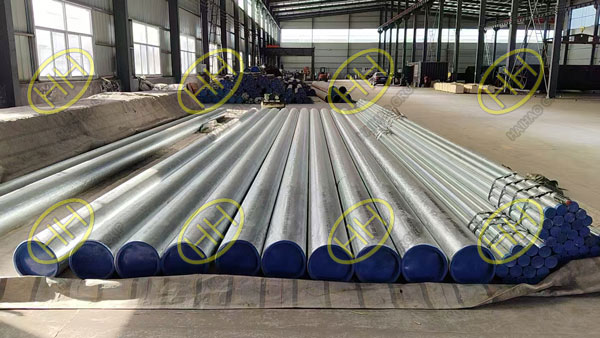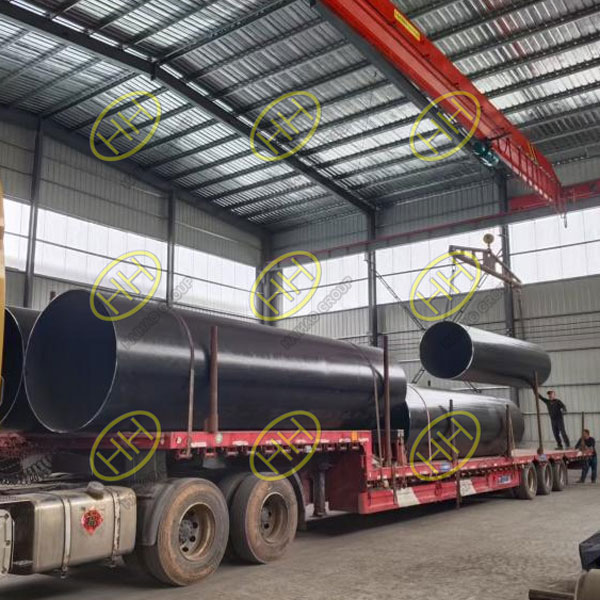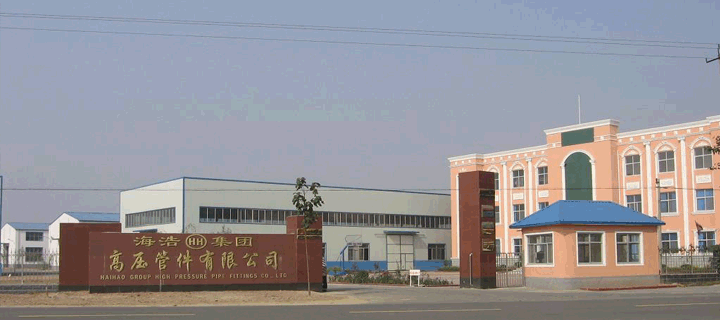Underground pipeline installation plays a critical role in various infrastructure projects, including oil and gas, water supply, and chemical facilities. However, ensuring a safe and reliable buried piping system requires careful planning and strict adherence to construction best practices. In this article, we explore the key considerations and technical points you must pay attention to during underground pipeline construction.

ASME B36.10M ASTM A53 Gr.B seamless pipes
1.Trench Excavation and Slope Requirements
When the trench depth exceeds 1.2 meters, it is essential to apply slope protection to prevent soil collapse. The standard trench side slope ratio is typically 1:0.33, meaning for every 1 meter of vertical depth, the horizontal slope extends 0.33 meters. In certain cases, stepped trench walls may be necessary, especially in soft or unstable soil.
This not only ensures the safety of workers during pipe installation but also maintains the integrity of surrounding structures and equipment.
2.Controlling Trench Bottom Elevation
To achieve proper pipe alignment and slope, elevation control lines should be marked every 10 meters along both sides of the trench based on the pipe crown elevation. For sloped pipelines, it is recommended to reduce the spacing to 5 meters to maintain precise gradient control.
This practice helps avoid misalignment and ensures that the pipeline follows the intended design slope for optimal flow and drainage performance.
3.Sectional Pipe Lowering, Pressure Testing, and Anti-Floating Measures
For anti-corrosion coated pipes installed within plant areas, the recommended approach is to use a sectional lowering method combined with:
- Hydrostatic pressure testing
- Joint coating inspection and repair
- Layered backfilling
Before pressure testing, the elevation and centerline of large-diameter pipes should be carefully adjusted. In addition, spark testing is used to detect defects in the anti-corrosion layer, and weld joints should remain exposed during initial backfilling to prevent flotation due to trapped air or ground movement.
These quality control measures help ensure the durability and integrity of the buried pipeline system.

ASME B36.10 DN1400 ASTM A139 Gr.C pipes
4.Maintaining Site Access During Excavation
During excavation, it is crucial to preserve existing roads or install temporary access pathways to ensure:
- Uninterrupted transportation of materials
- Safe passage for construction personnel
- Minimal interference with other ongoing operations or disciplines
Good site logistics and planning will help avoid delays and reduce the risk of accidents or damage to other utilities.
5.Safety Precautions Around Open Trenches
Trench work presents a number of hazards, especially near the edges. Therefore, proper edge protection must be in place to prevent:
- Soil collapse
- Personnel falling into trenches
- Equipment slipping into the excavation area
Install warning signs, barriers, and guardrails around trench perimeters. In high-traffic or congested areas, additional safety measures such as lighting, reflective tape, and safety watch personnel may be necessary.
Buried pipeline systems are fundamental to many industrial projects, but the risks associated with underground construction cannot be underestimated. By following best practices for trench excavation, elevation control, anti-corrosion testing, and safety management, contractors can ensure high-quality installations that stand the test of time.
At Haihao Group, we support pipeline construction projects with not only high-quality pipe fittings and materials, but also valuable engineering experience to help ensure compliance, safety, and performance from start to finish. Email:sales@haihaogroup.com







